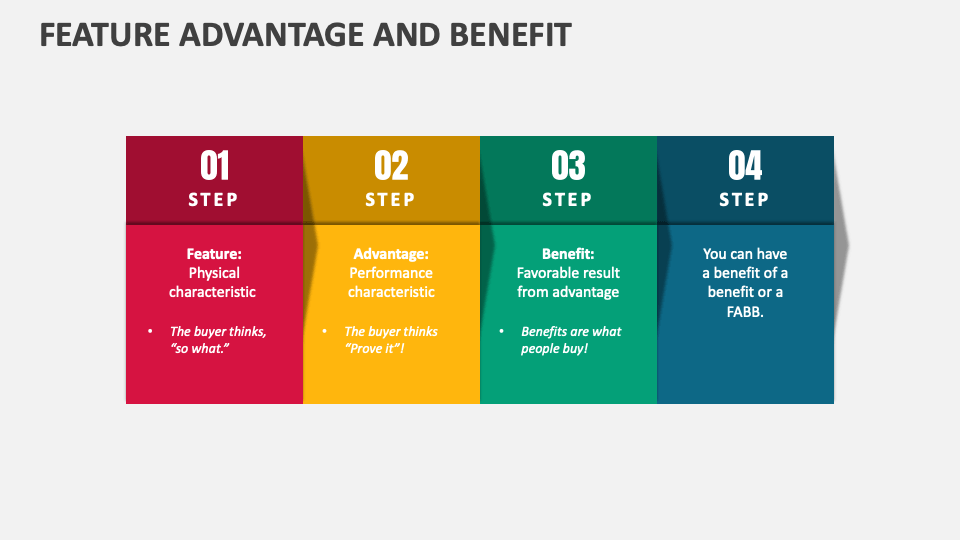Unveiling the Power of Your Product: A Guide to Effective Feature-Benefit Communication

As an architect and interior design expert, I’ve seen firsthand how the right blend of form and function can transform a space. But the same principles apply to products and services. Your customers aren’t just looking for features; they’re seeking solutions to their problems and desires. To effectively communicate the value of your offering, you need to bridge the gap between features and benefits. This guide will help you understand the key elements of this process, allowing you to resonate with your ideal customer and drive informed purchasing decisions.
1. Define Your Ideal Customer:

Before diving into features and benefits, you must understand who you’re speaking to.
- Who is your ideal customer?

- Demographics: Age, gender, location, income, education level.
- Psychographics: Lifestyle, interests, values, motivations, personality traits.
- Needs: What problems do they face? What are their goals and aspirations?

- What are their pain points?
- What challenges do they face in their daily lives?
- What are their frustrations with existing solutions?


- What are their aspirations?
- What do they hope to achieve with your product or service?
- What are their dreams and ambitions?




2. Identify Key Features and Their Corresponding Benefits:
Once you’ve defined your ideal customer, you can begin to identify the key features of your product or service. For each feature, ask yourself:

- What does this feature do? Describe the feature objectively.
- How does this feature benefit the customer? Connect the feature to a specific customer need or desire.
- What problem does it solve? Highlight how the feature addresses a pain point.
- What are the tangible outcomes? Quantify the benefit wherever possible.


Example:
Feature: High-resolution camera in a smartphone
Benefit: Capture stunning photos and videos for social media, memories, and professional projects.
Problem Solved: Frustration with blurry or low-quality images, difficulty capturing fast-moving subjects, limited creative options.
Tangible Outcomes: Shareable, high-quality content, professional-looking images for work, lasting memories.
3. Crafting Compelling Communication:
Now that you’ve established the connection between features and benefits, you need to communicate this effectively. Here are some strategies:
- Focus on the "Why": Instead of simply listing features, emphasize the "why" behind them. Explain how each feature solves a problem, improves a situation, or fulfills a desire.
- Use Customer-Centric Language: Frame your message around the customer’s needs and aspirations. Avoid technical jargon and focus on clear, concise language that resonates with your target audience.
- Tell Stories: Humans are naturally drawn to stories. Use anecdotes, testimonials, and case studies to demonstrate the real-world impact of your product or service.
- Show, Don’t Tell: Visuals are powerful tools. Use high-quality images, videos, and demonstrations to showcase the features and benefits in action.
- Quantify Results: Whenever possible, use data and metrics to quantify the benefits of your product or service. This adds credibility and helps customers understand the value proposition.
- Address Objections: Anticipate potential objections and address them proactively. This builds trust and demonstrates your understanding of the customer’s perspective.
- Use Testimonials and Reviews: Social proof is essential. Share positive reviews and testimonials from satisfied customers to build credibility and trust.
4. Tailor Your Communication to Different Channels:
The way you communicate features and benefits will vary depending on the channel.
- Website: Use clear, concise language and high-quality visuals to highlight key features and benefits. Include customer testimonials and case studies.
- Social Media: Engage with your audience through interactive content, videos, and stories. Use targeted advertising to reach specific customer segments.
- Email Marketing: Segment your email list and tailor messages to specific customer needs and interests. Offer valuable content and promotions.
- Sales Presentations: Use a combination of visuals, storytelling, and data to engage your audience and demonstrate the value proposition.
- Print Materials: Use high-quality design and compelling visuals to communicate key features and benefits.
5. Continuously Evaluate and Adapt:
The process of communicating features and benefits is an ongoing one. Continuously evaluate your communication strategies and adapt them based on customer feedback and market trends.
Examples of Effective Feature-Benefit Communication:
-
Product: A smart home security system.
-
Feature: Motion sensors that detect movement.
-
Benefit: Peace of mind knowing your home is protected, even when you’re away.
-
Problem Solved: Fear of burglary, worry about leaving valuables unattended.
-
Tangible Outcomes: Reduced risk of theft, timely alerts, increased security.
-
Service: A personal training program.
-
Feature: Customized workout plans based on individual goals and fitness levels.
-
Benefit: Achieve faster and more effective results.
-
Problem Solved: Frustration with generic workout routines, lack of progress, difficulty staying motivated.
-
Tangible Outcomes: Improved fitness, weight loss, increased strength and endurance.
Conclusion:
By understanding your ideal customer, identifying key features and benefits, and crafting compelling communication, you can effectively communicate the value of your product or service. Remember to focus on the "why" behind each feature, use customer-centric language, and tailor your message to different channels. By doing so, you can build trust, drive informed purchasing decisions, and ultimately achieve your business goals.
![]()
